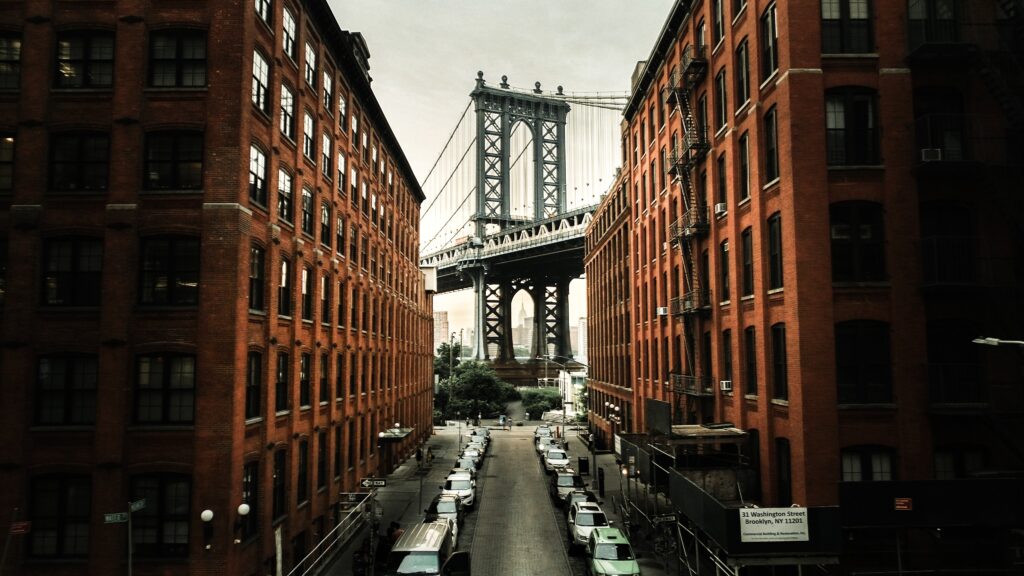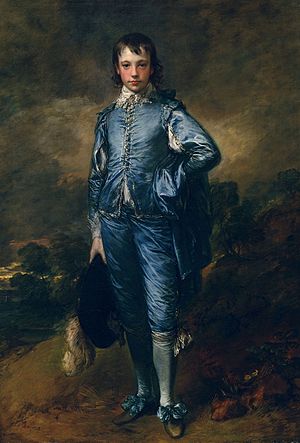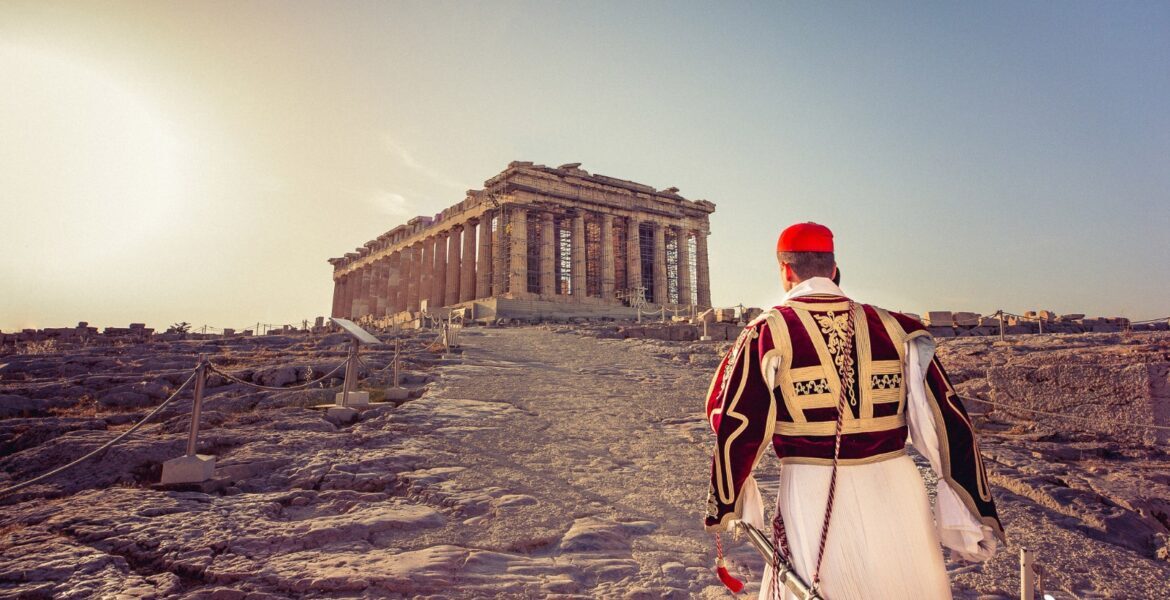That we've broken their statues,
that we've driven them out of their temples,
doesn't mean at all that the gods are dead.- IONIAN, Constantine Cavafy
A Few More Issues to Consider
For two-hundred years, historians and legal experts have been trying to uncover the facts and arrive at a clear conclusion about the world’s most infamous case of cultural theft. Once you start down that rabbit-hole, with its nearly endless branchings, twists and turns, you soon realize how complex the issue is, and you might easily despair of a solution. There is a solution, however, as there was a solution to the Gordian knot, but there are no shortcuts, and getting there is not for the faint of heart.
From the legal and ethical perspectives alone, there are dozens of angles and issues to consider. Over the past two weeks, we have touched on just a few of those issues, from the “evolution” of Lord Elgin’s declared motives for “rescuing” the Parthenon Sculptures to his bribery of local officials, and this week we are going to look at a few more – but not all. Our aim is not to be exhaustive, which would be exhausting, but indicative, to get a taste of the kind of issues and arguments involved and a feeling for the legal and ethical landscape. This approach can seem as roundabout and unsatisfying as a conversation with Socrates, but eventually one arrives – if not at an answer – at least at a deeper understanding of the question. In this respect, our approach is less like a court case, with its verdict at the end, than Wallace Stevens’ poem “THIRTEEN WAYS OF LOOKING AT A BLACKBIRD”, which begins like this before going on to look at blackbirds from twelve other angles:
“Among twenty snowy mountains
The only moving thing
Was the eye of the blackbird.”
Like the blackbird, the Parthenon Sculptures can also be seen from many different perspectives: historical, political, ethical, cultural, artistic and legal. Because of the circumstances of their acquisition – and the defensive tenacity and shifting rationale for their retention by the British Museum – this case deserves and requires a closer look. Despite the persistent claims that everything about the acquisition of the Sculptures was “completely and perfectly legal”, in actual fact almost nothing about their removal was as claimed by Lord Elgin. Almost nothing was perfectly legal, right or honourable. Furthermore, so many of his misrepresentations persist today in the public’s mind and in the official narratives about the Sculptures that we cannot simply turn our back on these statements without at least a brief discussion – or a rebuttal here and there. So, let’s quickly review what we know about this case that makes it so problematic. In the end, we may come away with a feeling that this was not Britain’s “finest hour”. However, the final chapter in this story has yet to be written.
Lies, Misrepresentation and a Breach of Good Faith
We have seen that Lord Elgin, when seeking permission for his activities on the Acropolis, misrepresented his intentions to the Ottoman authorities and then went on to misrepresent the permission thus obtained. When it came time to ship his trophies home, he mislabeled the crates of sculptures as “broken stones and vases” and had his agents bribe customs officials so they might cross borders without incident. And in order to persuade Parliament to purchase his collection, Elgin fabricated a tale of patriotism and enlightened concern to justify his “rescue” of the sculptures – a tale that the Government and British Museum perpetuate even to this day. To all of this testimony, Parliament’s leading lawyer on the Committee in 1816, MP Sergeant Best, declared: “These marbles have been brought to this country in breach of good faith!” Two-hundred years later, there is still something about the case of the Parthenon Marbles that makes ordinary Britons feel rather uncomfortable that their country may have done something very wrong in the past and was still refusing to admit it or make things right. Take Stephen Glover, writing to the Daily Mail on February 19th of last year:
“Doubtless I am too soft-hearted, but if it were up to me I would return the Elgin Marbles to Greece at some stage, provided certain conditions were met. One would be that the Greek government would thank the British Museum for having looked after them so well since they were removed* from the Parthenon, and bought* by Lord Elgin, at the beginning of the 19th Century… It’s likely that if Elgin had not paid good money for the Marbles, they would have further deteriorated. Instead of which, much care and love has been lavished on them (see British Museum cleaning scandal) by their British custodians. So a heartfelt ‘thank you’ would be in order. And then, in the fullness of time if the Greeks were very nice, they could have them back. I don’t suppose we would feel too happy if they walked off with a chunk of Westminster Abbey.”
Bribery vs. Purchase
In the popular press – and even in Parliamentary debates - people continue to claim that Elgin purchased the sculptures (“paid good money for them”). However, money spent on bribes does not count as a purchase or confer legal title. On the contrary, bribery actually renders any related transaction illegal – as Lord Mansfield famously declared. The Sultan himself protested to Elgin’s successor that no one was authorized to “so dispose of” the sculptures, and Elgin candidly admitted that he had no proof of purchase or even a copy of a permission. Moreover, stepping back for a moment to consider the broader context, who would even have had the authority to sell an occupied nation’s cultural heritage and national symbol without their consent - or even with it?

In the early 1900s, the legendary con-man George Parker “sold” the Brooklyn Bridge numerous times before being sent to jail for the rest of his life. He also “sold” the Statue of Liberty, Grant’s Tomb, Madison Square Garden and the Metropolitan Museum of Art to unsuspecting investors, but unlike Elgin, none of these naïve New Yorkers ever managed to take their purchases away with them – either for home decoration or profit. Several hapless souls did try to set up toll booths on the Brooklyn Bridge after obtaining from Parker printed titles to the structure, but they were soon sent packing by the police.
Property, “ownership” and fraud
The West, however, has a serious fetish about ownership and property, which are almost sacred concepts. In the case of the Parthenon Sculptures, the subject of ownership is even more fraught than usual. While the British Government and Museum often refer to the House of Commons Select Committee hearings of 1816 as a “thorough investigation”, it was actually quite a slapdash affair regarding the scrutiny of documents and cross-examination of witnesses. Elgin’s lack of legal title and admission of bribery were glossed over with alarming speed and nonchalance. (“Nothing to see here, folks, move along now.”) Legal scholars, however, are not so easily distracted. Some are now claiming that Parliament actually committed fraud in its efforts to whitewash Elgin’s actions and legalize the purchase of the Sculptures and their transfer to the British Museum. As we said last week, the arrival of the Sculptures in Britain was presented as a fait accompli that could neither be undone or reversed – so it needed to be justified and somehow made legal. It was perhaps the hottest potato ever to land in the lap of Parliament.
Trophies for the Empire
David Rudenstein (Professor of Constitutional Law and former Dean at the Benjamin N. Cardozo School at Yeshiva University in New York), spent nearly a year poring over records at the Ottoman archives in Constantinople with historians and other experts on those archives and in 2020 completed his most recent study of the Parthenon case, “Trophies for the Empire”. In this work, Rudenstein argues that the British Parliament committed fraud by intentionally mistranslating a key document to make it appear that Lord Elgin had obtained authorization from the relevant Ottoman authorities to remove sculptures from the Parthenon and other temples of the Acropolis – when he actually had received no such authorization.
Alienable and Inalienable Property
Another issue that is rarely addressed involves whether or not the Parthenon Sculptures could have been sold (legally) in the first place. In The Long Way Home: The Meanings and Values of Inalienable Property (Berghahn 2011), Elizabeth Burns Coleman distinguishes between alienable property (which one can sell and whose legal title can be transferred) and inalienable property, which is characterized by an “identity relationship” and which “belongs” to an entire people. If you tried to sell the Parthenon, Eiffel Tower, Taj Mahal or Westminster Abbey, for instance, you would soon find yourself running from a mob of rather angry people, whose very sense of identity felt threatened by the mere notion of such a transaction. In colonies or other lands under foreign occupation, these feelings of anger and dismay at seeing one’s cultural heritage taken away by the occupiers or their friends was not often freely voiced, but such feelings would be no less real, distressing or persistent.

The Blue Boy vs. The Parthenon Sculptures
An even more useful example of the difference between these two kinds of “property” and two kinds of “ownership” will soon play out in Britain with the temporary return to London’s National Gallery next year of Thomas Gainsborough’s 1770 portrait “The Blue Boy”. This portrait was commissioned by the Buttall family, who sold it several decades later to politician John Nesbitt, after which it changed hands several more times before being sold by the second Duke of Westminster in 1921 to the art dealer Joseph Duveen, who then sold it to American railway millionaire Henry Edwards Huntington. In each of these sales, both parties entered into the transaction willingly, and title was appropriately, voluntarily and legally transferred. In this last transaction, however, a painting considered to be a national treasure by millions of Britons left the UK to reside in America, where it is now on permanent display at the Huntington Library, Art Museum and Botanical Gardens in San Marino, California. Although there had been a national outcry and widespread mourning at the departure of The Blue Boy to the US in 1922, people understood that Duveen had a right to sell the painting because he was its lawful owner. While there is massive, almost feverish, anticipation at the painting’s return (for just a four-month exchange), there have been no cries of protest or calls for repatriation – even though the work is something of a symbol of British art and culture. It will be interesting to see if the returning Blue Boy can act as a catalyst for the British people to better understand Greece’s ongoing anguish over the Parthenon Sculptures. If the British people feel this way about a painting that was legally bought and sold in good faith – how must the people of Greece, Nigeria, Sri Lanka or Australia feel about their own cultural heritage and symbols which were removed by force and without their consent? Along with the many other shocks and crises of the past two years, might the return of The Blue Boy help nudge the British establishment to reexamine their “ownership” of these Sculptures and see this issue from another perspective?
This week, it seems that I have failed to disentangle myself from the mess of legal issues as hoped. There still lies before us the formidable obstacle of The British Museum Act of 1963, and we need to consider the real possibility of bringing the case of the Parthenon Sculptures before the International Court of Justice in the Hague. I don’t see any way to avoid these two issues, and so it looks as if we still have a few blackbirds yet to consider. Meanwhile, here is Chief Justice Thomas Finlay of Ireland on the subject of who, ultimately, should “own” such important examples of cultural heritage:
“It would, I think, now be universally accepted, certainly by the People of Ireland, and by the people of most modern States, that one of the most important national assets belonging to the people is their heritage and knowledge of its true origins and the buildings and objects which constitute keys to their ancient history. If this be so, then it would appear to me to follow that a necessary ingredient of sovereignty in a modern State… is and should be an ownership by the State of objects which constitute antiquities of importance…”
- Chief Justice Thomas Finlay, Republic of Ireland, ruling in 1988
NEXT WEEK: We will examine the all-important British Museum Act of 1963 and what it means for the repatriation of the Parthenon Sculptures - or the Benin Bronzes or any other artwork or artefact acquired under "inequitable circumstances."
ABOUT THE PARTHENON REPORT | DON MORGAN NIELSEN:
In this bicentennial year since the birth of the modern Greek State, of both pandemic and celebration, Greek City Times is proud to introduce readers to a weekly column by Don Morgan Nielsen to discuss developments in the context of history, politics and culture concerning the 200-year-old effort to bring the Parthenon Sculptures back to Athens.
Classicist, Olympian and strategic advisor, Don Morgan Nielsen is currently working with an international team of colleagues to support Greece’s efforts to repatriate the Parthenon Sculptures.
Click here to read ALL EDITIONS of The Parthenon Report by Don Morgan Nielsen
Feature Image : Copyright Nick Bourdaniotis | Bourdo Photography

